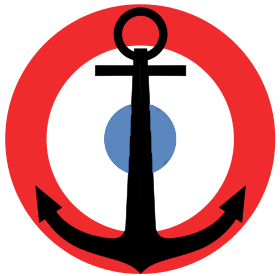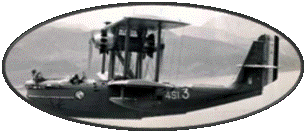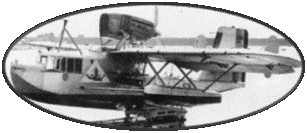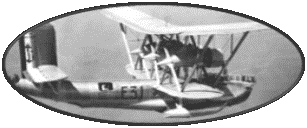History
of the Ship
In December 1928, the Navy
launches a program for the construction of Light Miners Cruisers.
The goal is to possess ships capable of blocking the German Navy
by laying mines
The Emile-Bertin Cruiser,
was at the time of its launch, in 1933, the fastest ship in the
world. At the trials, it has indeed reached the remarkable speed
of 40.2 knots! But to achieve this result, the armor was reduced
to a minimum, and the ship, certainly elegant, was very little protected.
However, its hull was cut into 14 independent compartments, which
made it more resistant to a projectile having to cross the upper
decks. This design will prove itself during the Norwegian Campaign.
The Emile-Bertin was equipped
with a catapult propelling the Hydravion Gourdou-Lesseurre GL832
on board. A crane was used to reassemble the aircraft on board after
its landing, operation for the less delicate in heavy weather ...
Until 1939, he will be flagship
of a fleet of destroyers sailing in the Atlantic. During a secret
mission, he will transport gold from the Bank of Poland to Beirut
to Toulon. He will then be Flagship Fleet in charge of supporting
the Allied Expeditionary Force during the Norwegian Campaign. During
this campaign, April 19, 1940, he receives a bomb that passes through
without exploding ... Its design around 14 watertight compartments
allows it to stay afloat without difficulty. In the face of uncertainty
over the situation after the German attack on May 10, 1940, Emile-Bertin
will transport gold from the Banque of France from Brest to Halifax
to secure it.
After the armistice of June
1940, the Cruiser is based in Pointe-à-Pitre in Guadeloupe.
It will however escape the destruction during the British attack
against the French Ships, July 3rd and 4th, 1940. The ship stuck
in the port, will eventually be partially disarmed from May 1942.
In 1943, after the rally of the Garrison to the Free French Forces,
the Emile-Bertin Cruiser joined the United States, from September
to November 1943 to be modernized . Its anti-aircraft armament will
be significantly strengthened, while all aviation equipment, torpedo
tubes and mine-dumping systems will be unloaded. In addition, it
receives electronic detection equipment, Radar and Sonar.
On December 6, 1943, Emile-Bertin
left the United States to join the Allied troops to disembark in
Provence, for which he will carry out bombings against German defenses.
After the Liberation, the
ship joined Indochina, then in full excitement. He was converted
to a Ship-School in 1947, then to a Target Ship until his disarmament
in October 1951. In 1959, he was retired from active service before
being demolished in 1961.









